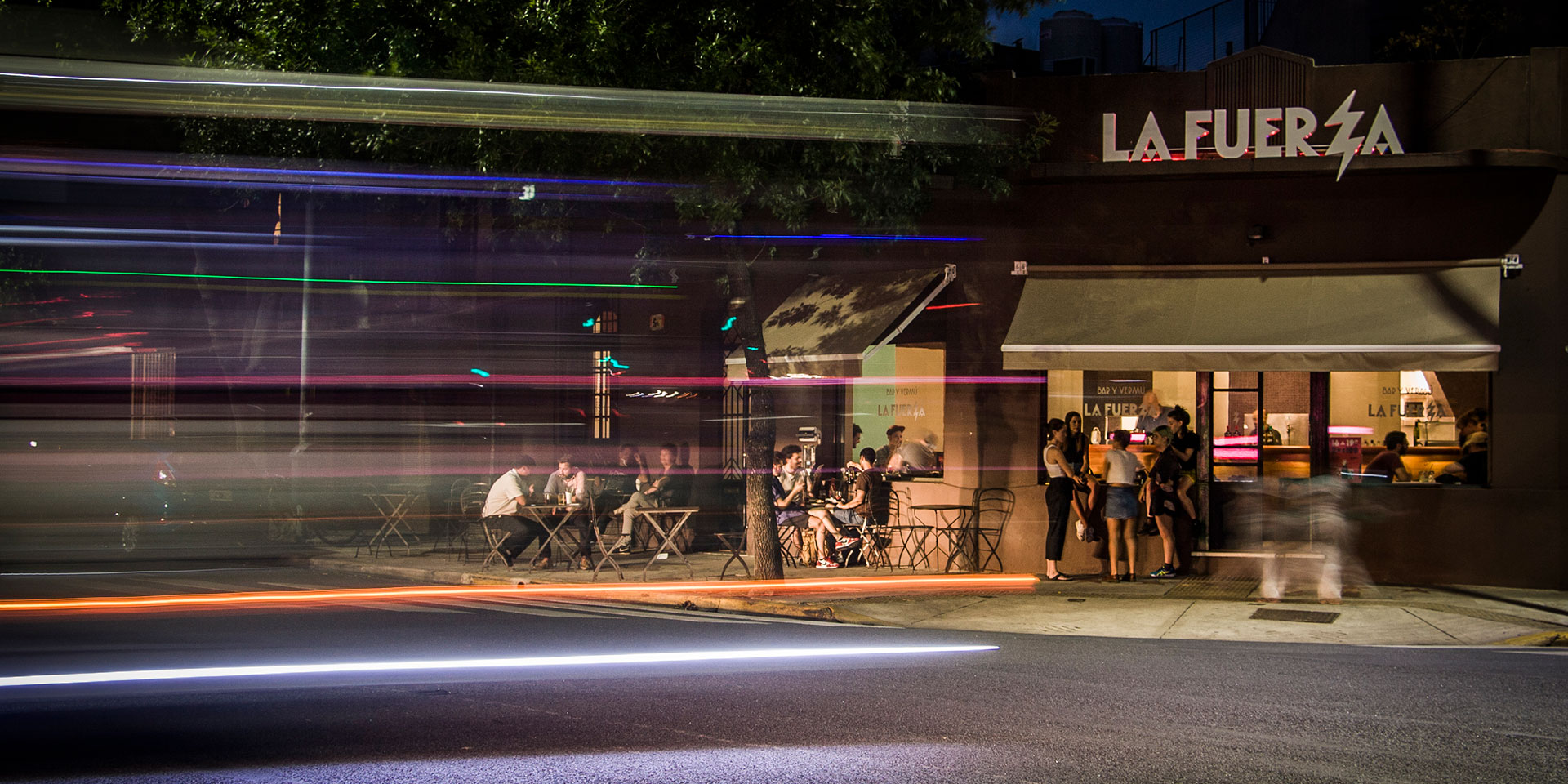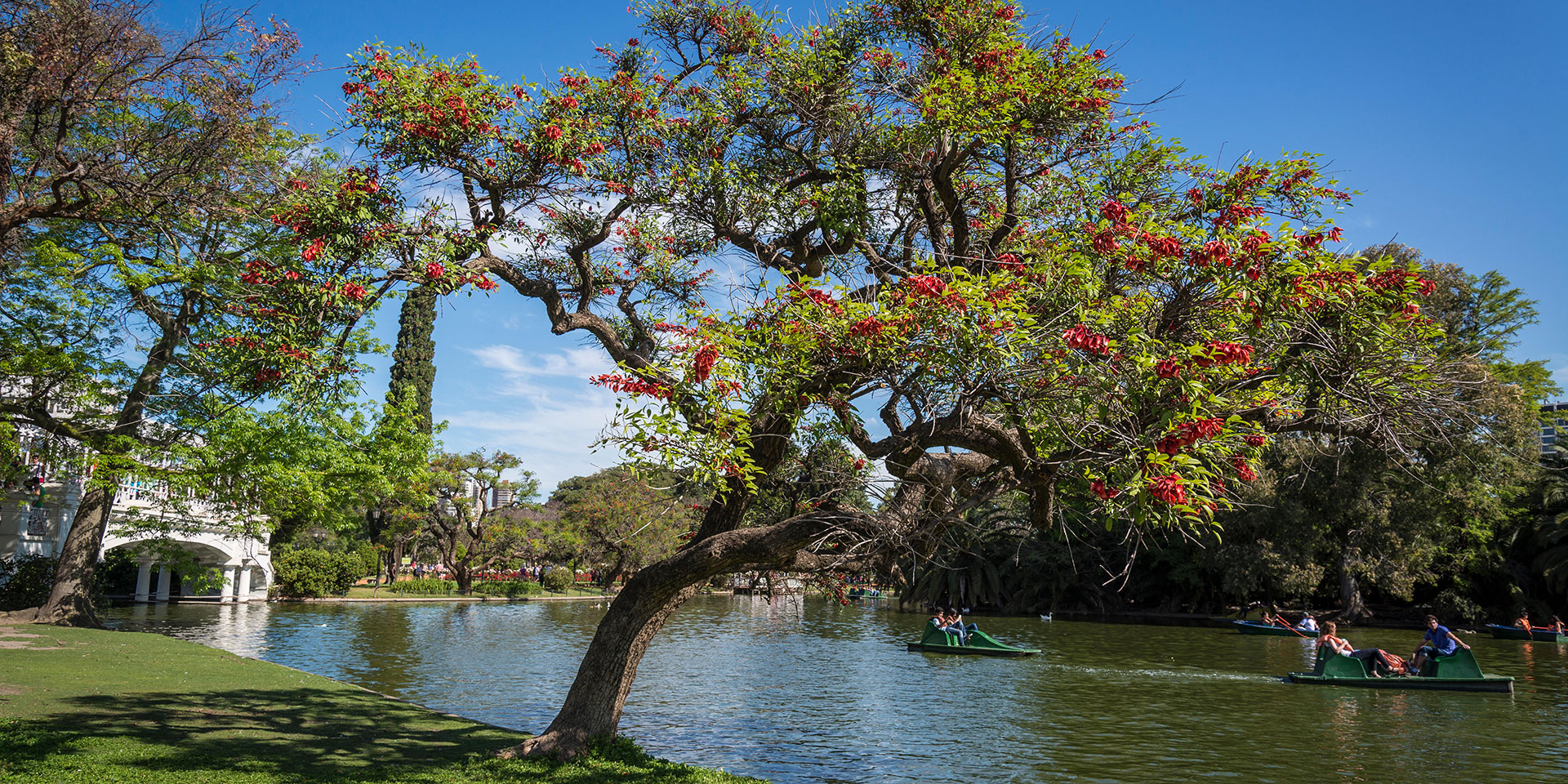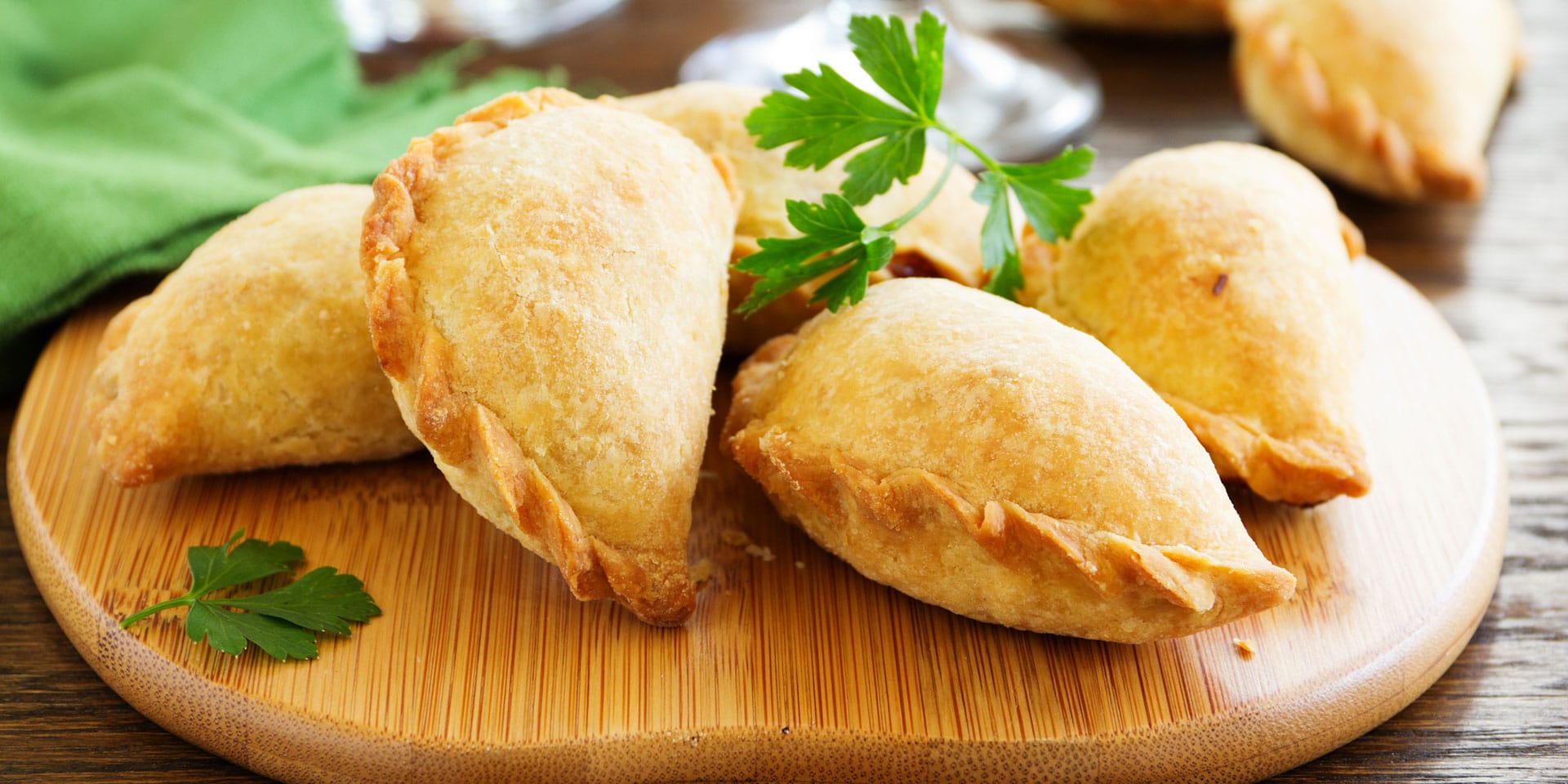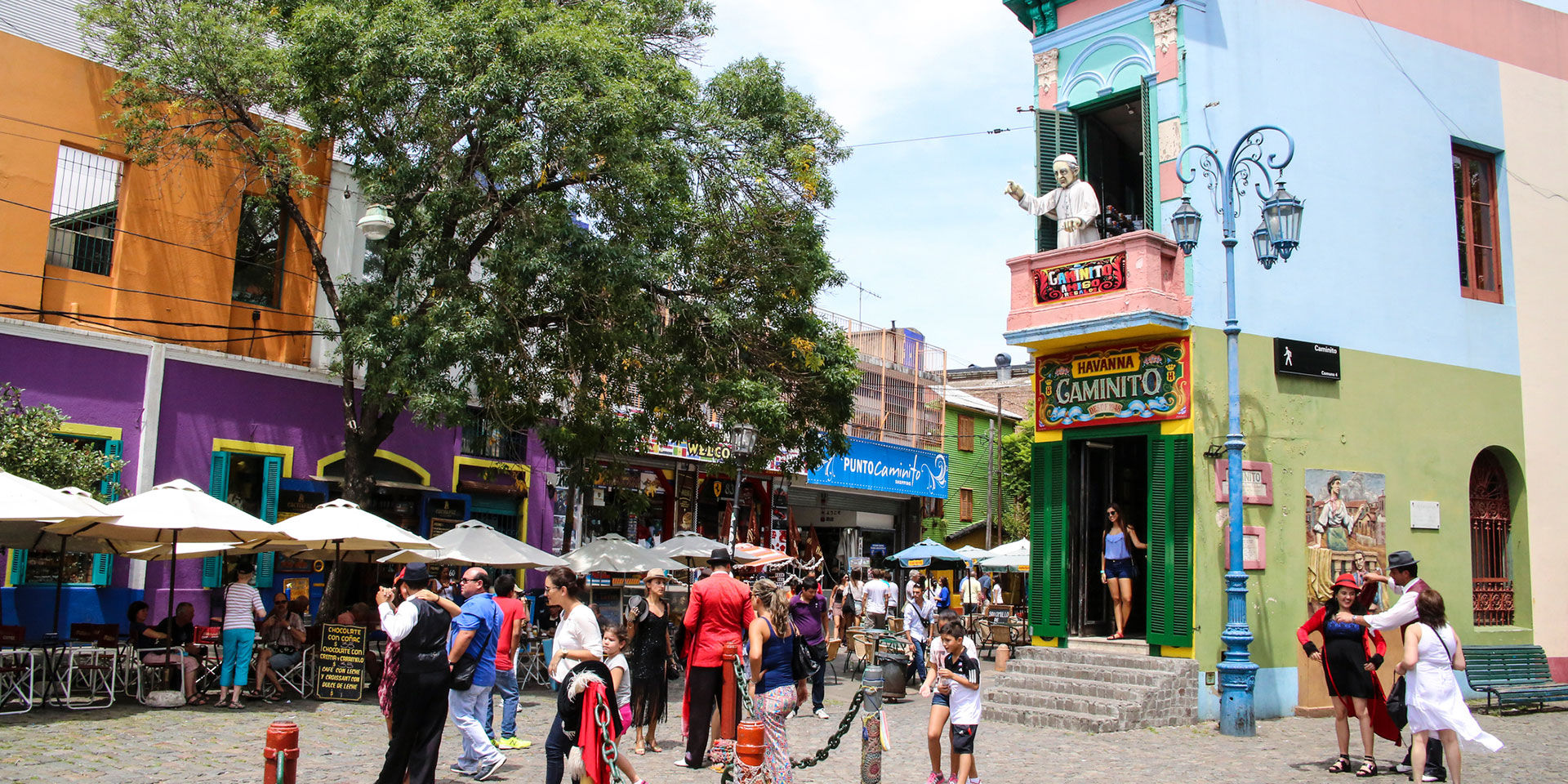
La Boca is like an open-air art gallery. (Photo: Getty Images)
Buenos AiresGet to Know Buenos Aires, Neighborhood by Neighborhood
By Ana Astri-O’ReillyThe famous expression “los cien barrios porteños” translates as “the 100 neighborhoods of Buenos Aires” and originates from a piece of tango music that was popular in the 1940s.
Although in reality there are only 48 neighborhoods, each one has its own identity, whether it’s known for the tango, its elegant or modern style, or as a working class or immigrant neighborhood.
Read on to find out more about five different neighborhoods that really show the diversity within this amazing city.
San Telmo
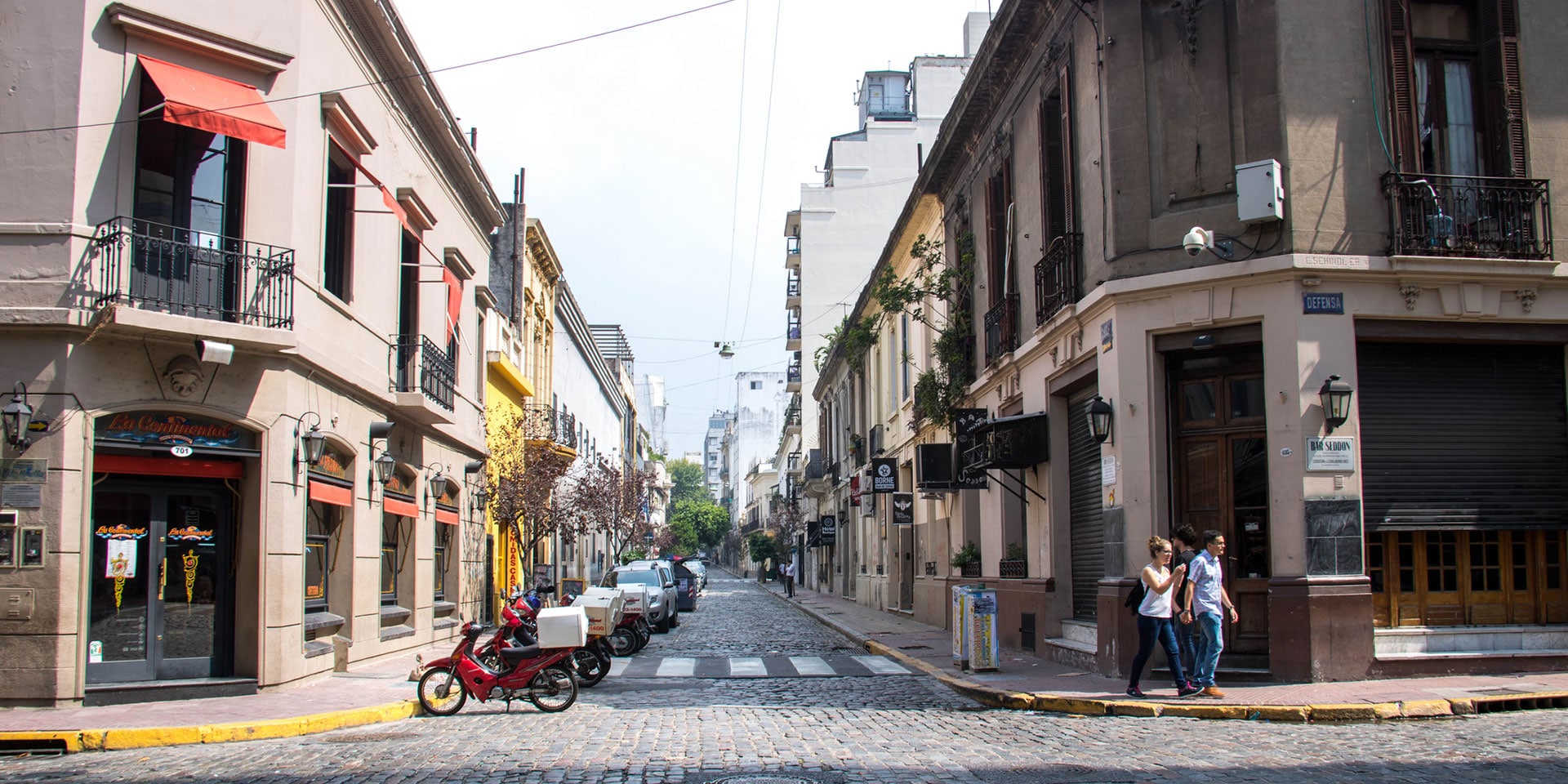
San Telmo is the oldest neighborhood in Buenos Aires. Famously associated with the tango, it’s also known for its antique market and long history.
The best way to get to know San Telmo is to take a walk through its narrow, cobblestone streets, where the style of buildings ranges from colonial to modern, with a mix of neoclassicism, Art Nouveau, and eclecticism in between.
The Plaza Dorrego is the heart of San Telmo, where the most famous antique market in Buenos Aires takes place on the weekends, and where you can watch tango dancers practicing their skills while you drink coffee under the shade of the trees.
Other attractions in the area include 18th century churches, the indoor market and its impressive wrought iron structure, the Museum of Modern Art, the Paseo de la Historieta (known as the Comic Strip Walk), and Pasaje La Defensa, a former house that’s now a shopping gallery.
Recoleta
Recoleta is the most elegant neighborhood in Buenos Aires, with its stately French-style buildings and famous cemetery, it’s the place to see and be seen. The neighborhood’s design is actually a result of an outbreak of yellow fever in 1871, when the wealthy families living in San Telmo took refuge in Recoleta, in the north of the city, as a way to escape the epidemic.
Recoleta’s streets and wide avenues are home to French-style buildings with traditional black slate curb roofs, mansions, exclusive boutiques, luxury hotels, and elegant bars and restaurants.
Attractions include the cemetery, the final resting place of many famous Argentinians, the colonial-style Iglesia del Pilar, the Recoleta Cultural Center, the weekend craft market at the Plaza Francia, and the Museum of Fine Arts.
La Boca
A colorful neighborhood with immigrant roots, La Boca is like an open-air art gallery. Its origins date back to the arrival of the Spaniards in the 16th century, who established the city’s first port here, and it really started to grow with the wave of immigration in the 19th century.
It’s said that the walls here are so colorful because the immigrants built their houses with metal sheets that they painted with leftover paint from the local shipyard.
A street called Caminito is the neighborhood’s main attraction, and it’s where the Feria de Artistas Plásticos de Caminito is held, a market where local artists sell their work.
You’ll also find the Fundación Proa in this neighborhood, a contemporary arts center with a café that has panoramic views of the Riachuelo river and Puente Transbordador, and soccer fans definitely shouldn’t miss a trip to the Boca Juniors stadium.
Barrio Chino (Chinatown)
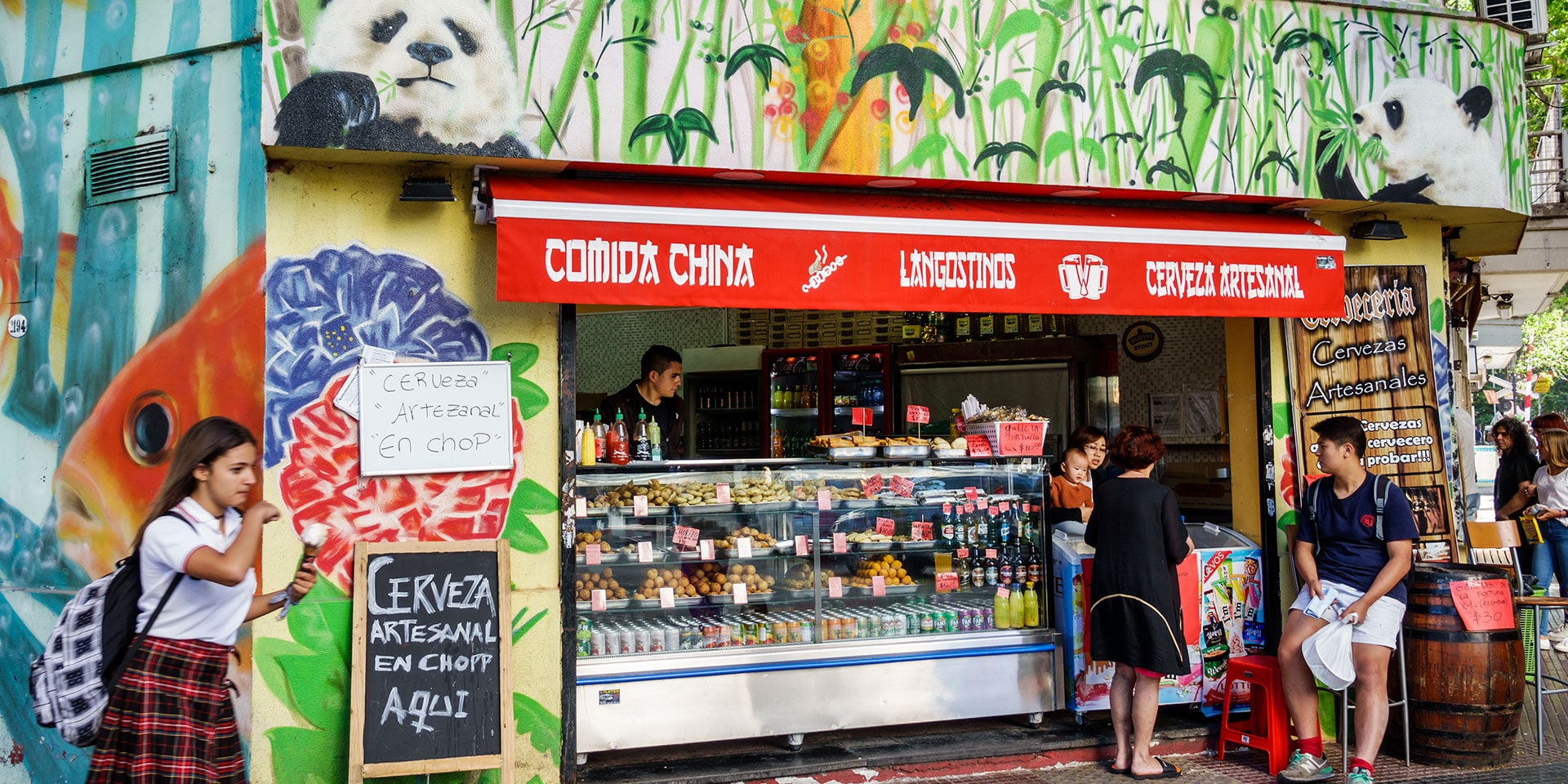
Buenos Aires’ Chinatown, known as Barrio Chino, is a small but really interesting neighborhood. It’s home to a lot of Chinese restaurants and specialty stores, as well as a typical arch with dragons on the corner of Juramento and Arribeños that welcomes visitors.
Barrio Chino is located in a corner of the Belgrano neighborhood, and came to life in the 1980s with the arrival of immigrants from Asia, in particular Taiwan.
The heart of the neighborhood is calle Arribeños, the street between Juramento and Olazábal. There are all different kinds of stores here: supermarkets, home décor, manga and anime, as well as a lot of different kinds of restaurants.
The majority of stores here are open from Monday through Friday, and on weekends there is a street market with lots of different items on offer. Chinese New Year is also celebrated from the end of January to the start of February.
Palermo Soho
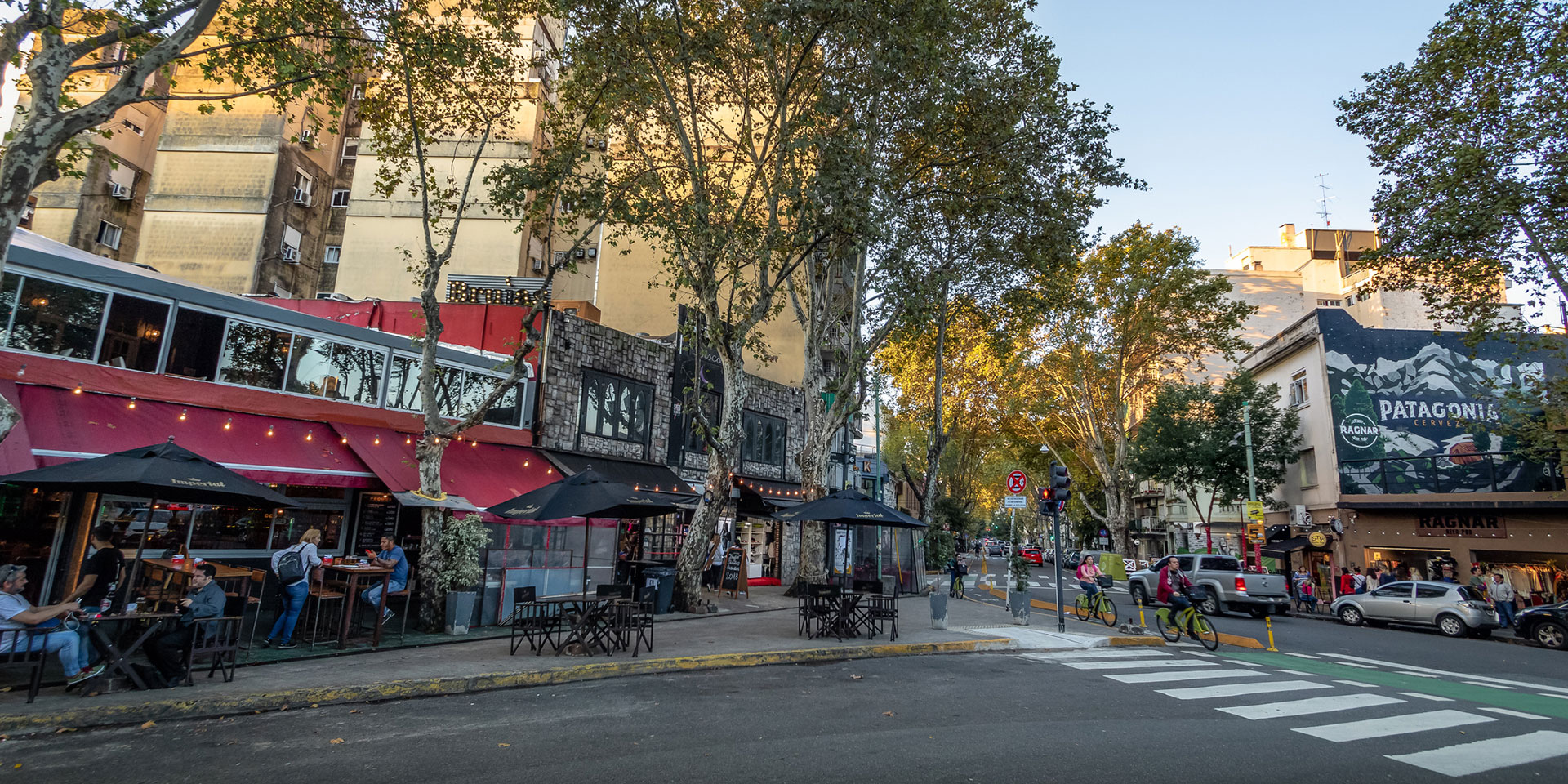
Palermo Soho is one of the quirkier parts of the Palermo neighborhood, home to urban art, design stores, and trendy bars and restaurants. The avenues of Juan B. Justo, Scalabrini Ortiz, Santa Fe, and Córdoba mark the limits of this unofficial neighborhood.
Here you can explore the craft markets at Plaza Julio Cortázar and Plaza Serrano, and there are a lot of cafés, bars, and stores around those squares too.
Palermo Soho, inspired by its London and New York-based counterparts, is where the kids go. Bars, craft breweries, and clubs give the area’s nightlife a varied vibe, while Instagrammers go crazy for the pastel-colored houses and colorful murals and graffiti.





